|
|
|
|
|
|
|
|
Photo Gallery for Clemmys guttata - Spotted Turtle
| 41 photos are available. Only the most recent 30 are shown.
|
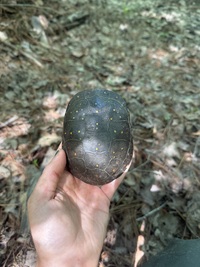 | Recorded by: E. Wilson
Wake Co.
Comment: |  | Recorded by: K. Sanford
Bertie Co.
Comment: |
 | Recorded by: K. Sanford
Bertie Co.
Comment: |  | Recorded by: R. Newman
Carteret Co.
Comment: |
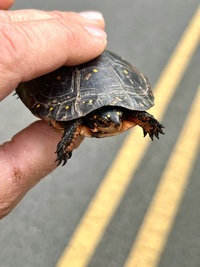 | Recorded by: L. Thomas
Harnett Co.
Comment: |  | Recorded by: L. Thomas
Harnett Co.
Comment: |
 | Recorded by: Al Hooks
Johnston County Co.
Comment: | 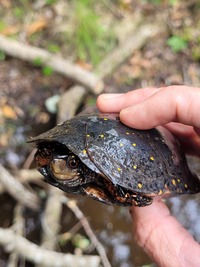 | Recorded by: M.Windsor
Onslow Co.
Comment: |
 | Recorded by: K. Sanford, C. Griffin
Camden Co.
Comment: | 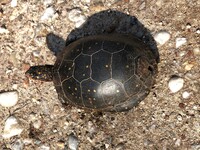 | Recorded by: Paul Hart
Harnett Co.
Comment: |
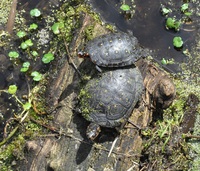 | Recorded by: K. Bischof
Beaufort Co.
Comment: |  | Recorded by: Paul Hart
Harnett Co.
Comment: |
 | Recorded by: B. Swanson
Onslow Co.
Comment: | 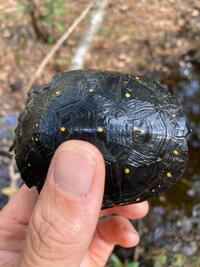 | Recorded by: B. Swanson
Onslow Co.
Comment: |
 | Recorded by: Erich Hofmann and Kayla Weinfurther
Craven Co.
Comment: | 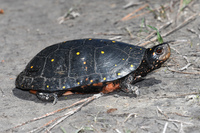 | Recorded by: Mark Shields
Onslow Co.
Comment: |
 | Recorded by: K. Bischof
Beaufort Co.
Comment: | 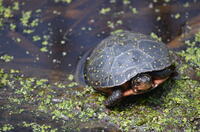 | Recorded by: M. Strnad
Beaufort Co.
Comment: |
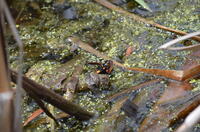 | Recorded by: N. Crider
Beaufort Co.
Comment: |  | Recorded by: N. Crider
Beaufort Co.
Comment: |
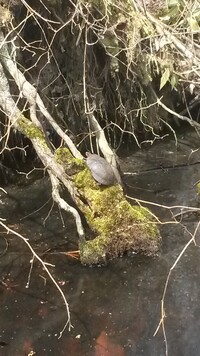 | Recorded by: K. Sanford
Camden Co.
Comment: | 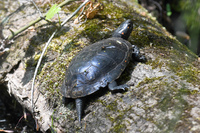 | Recorded by: Mark Shields
Camden Co.
Comment: |
 | Recorded by: F. Williams, S. Williams
Gates Co.
Comment: | 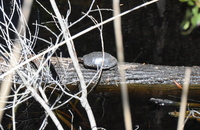 | Recorded by: K. Bischof
Beaufort Co.
Comment: |
 | Recorded by: Erich Hofmann
Craven Co.
Comment: |  | Recorded by: Park Visitor Conner Bowen
Dare Co.
Comment: |
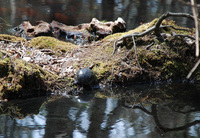 | Recorded by: Jeff Davis
New Hanover Co.
Comment: | 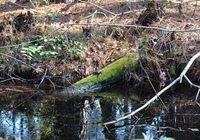 | Recorded by: K. Bischof
Beaufort Co.
Comment: |
 | Recorded by: Jane Wyche
Gates Co.
Comment: | 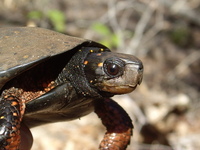 | Recorded by: Jane Wyche
Gates Co.
Comment: |
|

 »
» 
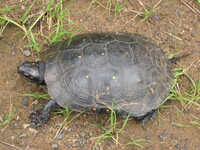



 »
» 


